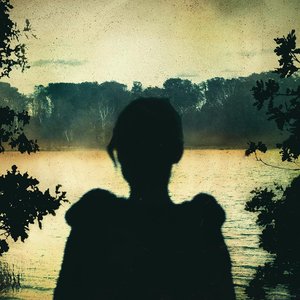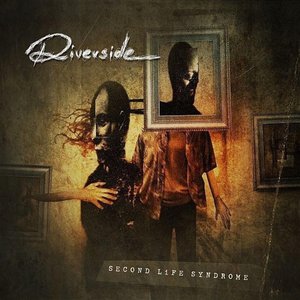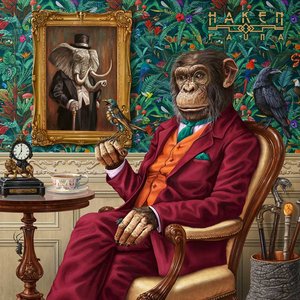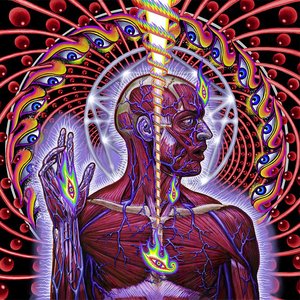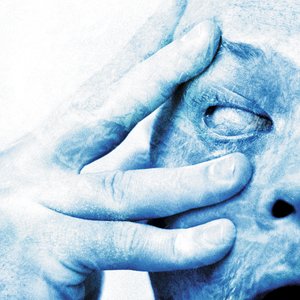Wiki
-
Length
16:21
"Learning to Live" is the eighth and final track from Dream Theater's 1992 album Images and Words.
The opening lines from the song are a direct lift from the book Atlas Shrugged by noted author Ayn Rand. The first phrase, "There was no time for pain, no energy for anger. Sightlessness of hatred slips away." is paraphrase from the exact quote "He had no time for pain, no energy for anger. Within a few weeks, it was over; the blinding stabs of hatred ceased and did not return." (p.211 of the Centennial Edition) The next phrase in the song, "Walking through winter streets alone, he stops and takes a breath, with confidence and self-control," is similar to the next few sentences in the book. Dream Theater is known for using movie sound clips in their songs to make a point. However, this inclusion was actually in the lyrics with no reference given to Rand or the book itself. The song itself does not seem to hold any other parallels to Atlas Shrugged and it is unknown what significance this inclusion has.
Like many epic progressive rock songs, Learning to Live has a somewhat unusual structure. Starting at 4:45, James LaBrie stops singing, allowing the instrumentation to continue. At approximately 6:58, he begins singing wordlessly, building up to a very high note that coincides with the song's main climax. This note is one of the highest notes sung in any Dream Theater song ever written, being the F# under soprano C, or F#5. The only higher note to date on a Dream Theater studio version of a song to date is the G5 towards the end of "Octavarium". Higher notes can be heard on multiple live versions of songs, though, including notes as high as A5 in the band's cover of "The Number of the Beast" and certain versions of "Lines in the Sand". The F#, though, is so high that LaBrie used to occasionally have trouble singing it live, during the period of time in which his voice was damaged, and would instead sing a C#5. The song's climax is followed by a guitar solo by John Petrucci. At approximately 8:10, the main riff from the song "Wait for Sleep", the previous track off the album, can be heard, and again at 8:53. The instrumentation continues until 9:35, when LaBrie joins in for the song's monumental conclusion.
Track descriptions on Last.fm are editable by everyone. Feel free to contribute!
All user-contributed text on this page is available under the Creative Commons Attribution-ShareAlike License; additional terms may apply.



